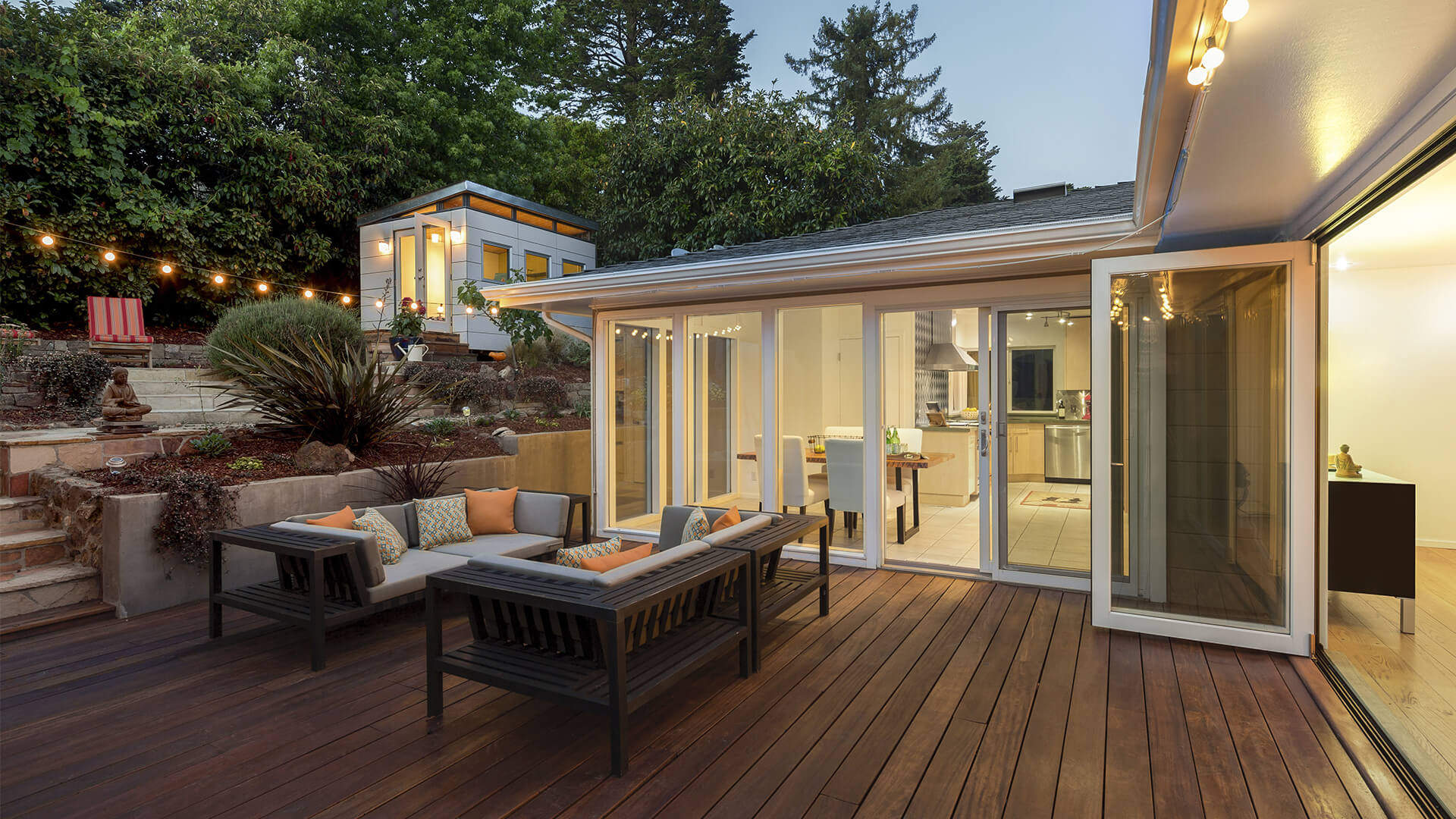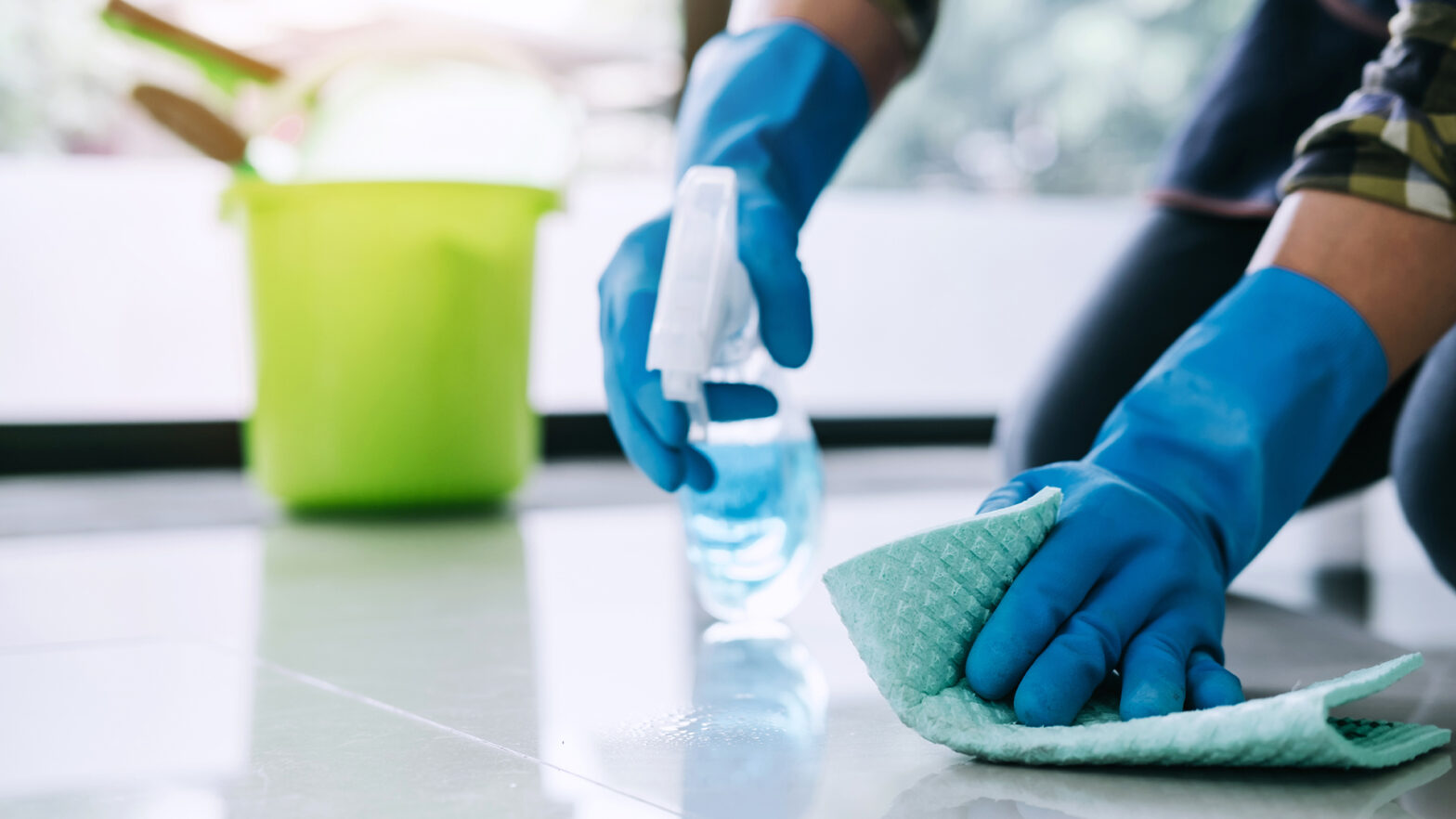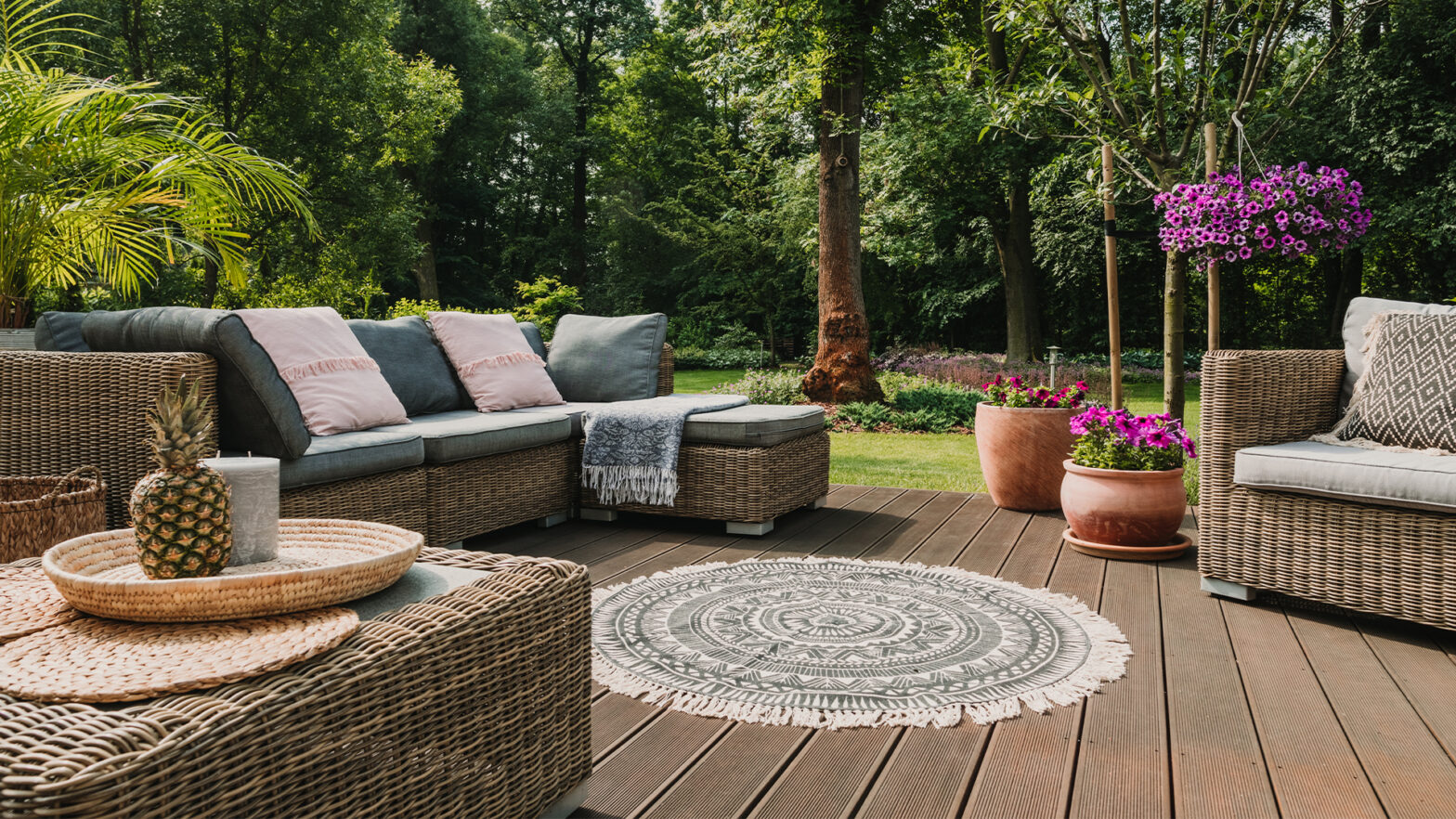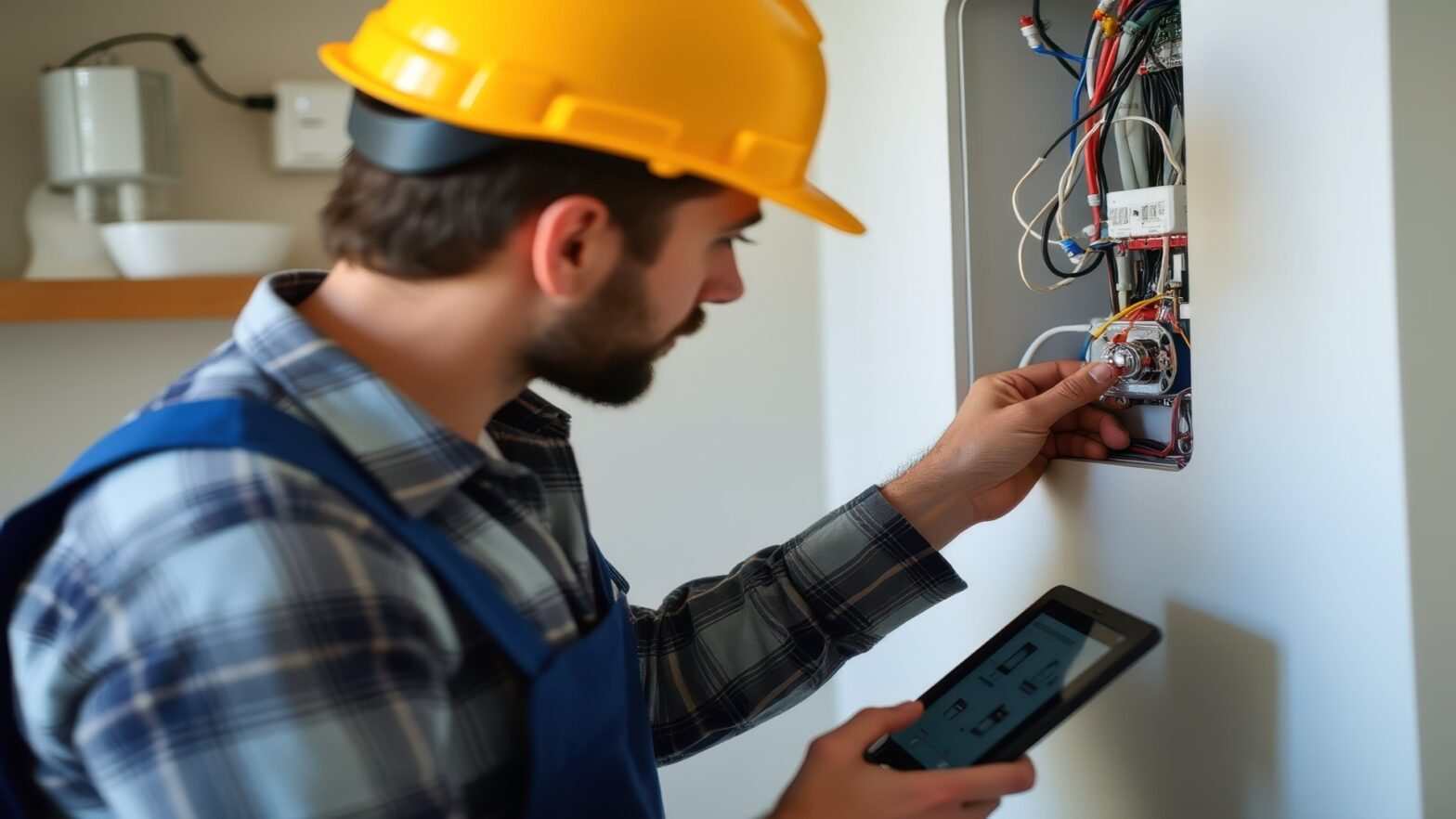As your home ages, there will be unwanted defects that pop up from time to time. One of the most substantial home designs whose longevity you want to maintain might be your concrete. Despite being a strong and ostensibly durable material, concrete will still crack and wear out over time. Concrete is susceptible to wear and damage from excessive water exposure.
However, such effects can be significantly delayed by proper maintenance and regular cleaning. Numerous factors contribute to the proper maintenance of concrete floors and patios.
This article may help you find out appropriate ways to treat your floors and patios in terms of both cleaning and minor maintenance.
Patio
Cleaning Guides
It is recommended to clean the patio annually with a mild, plant-safe detergent to remove dirt, debris, and build-up and keep your patio looking new. Algae and mold can contribute to a consistent state of dampness that makes your concrete floor more susceptible to cracking. Once it starts cracking, it is usually beyond the point where it can be repaired in any way, so you will have to consider rebuilding your concrete floor from scratch.
- Use available soap and water
Basic patio cleaning can be done in just 3 easy steps without any special equipment:
- Rinse off the dirt/debris on the concrete surface with a garden hose.
- Scrub with a push broom after applying a small amount of liquid soap.
- Rinse well with a garden hose until all the soapsuds are gone.
- Use pressure washing
This method is popular for outdoor cleaning projects. But be careful as it could damage the concrete if the pressure setting is too high or the range too close
- Use chemicals
Two common cases when you have little choice but to use some acidic liquid:
Clean dog urine and other organic stains: concrete degreaser, acid, soap, or cleaner with bleaching action or ammonia will remove these types of stains.
Remove fertilizer stains: the ingredients in fertilizer from lawn or planters can penetrate and react with the cement, causing a permanent color change. Try using a clear white vinegar, diluted with water at 50:50, test in a small area first. Be aware that the acid may eat away the sealer or top cement layer of your concrete in the areas you clean.
Maintenance Guides
Once your concrete slab is properly installed, it should last for decades. That is, assuming you do the right things to keep it in tip-top shape.
Nevertheless, certain external factors can impact your patio’s longevity. Thus, to extend the lifespan of a large concrete driveway or a small concrete patio and keep its appearance great for a long time, basic things to do are to seal, protect, and enhance concrete surfaces. What is more, fortunately, maintaining concrete is a simple task to DIY.
1. Seal:
Concrete is very porous thus should be coated with a protective sealant to repel moisture and resist stains. For newly poured concrete, just apply a sealer when the concrete cures completely, which takes about 28 days. You’ll need to buy a special sealer for this job. It’s a special kind of paint that is water-resistant. It’s quite durable and can deal with a bit of wear and tear as well. This means your sealant doubles as a general protectant.
Also, resealing is better done after every period of 2-3 years, especially when you acknowledge any of these defects: the surface has lost its sheen, water soaks in rather than beading up, or the finish shows signs of wear.
2. Protect:
Concrete is porous and can absorb dirt and debris so remove anything that could cause stains ASAP.
A shade structure will protect decorative finishes and sealers from direct UV rays and extend their longevity.
Use saucers underneath potted plants to prevent stains or growing mold caused by water, soil, and fertilizer draining into the concrete.
Remember, if anything damages your concrete floor, it will likely be water. So do your best to keep your flooring dry to greatly extend its longevity.
Floor
Just like the patios, floors need proper cleaning and maintenance to stay vibrant and avoid costing you unwanted investment in the long run. A little preventative cleaning can save you a bundle.
Cleaning And Protection Guides
Over time, normal foot traffic and soiling may downgrade the flooring’s appearance. Hence, routine cleaning is essential to maximize the beauty and life of your flooring.
Homeowners can effortlessly use vacuum, dust mop, sweep the floor regularly, or doormats in front of every door to minimize abrasive grit, dirt, and other substances. When it comes to a liquid cleaner, be sure to dry or rinse the floor thoroughly afterward to avoid a film. Don’t forget to read and follow the manufacturer’s directions for care, cleaning, and recommended products.
Close your curtains or blinds where extreme sunlight that can fade or discolor flooring hits the floor.
Floor protectors: a basic rule of thumb is that the heavier the item, the wider the floor protector should be. Protectors should be at least one inch in diameter, made of hard, non-pigmented plastic, wide-bearing, and rest flat on the floor. Non-staining metal protectors which are rust-proof are acceptable.
Wide-bearing leg bases/rollers are best for moveable furniture. Take special precautions when moving heavy objects. It is destructive to slide or roll heavy objects across the floor with inadequate protection. Plus, some objects may be too heavy to be moved across a hard surface floor under any circumstances.
A spill is best cured with a quick response, clean the blots immediately to prevent staining. Work from the outer edge toward the center to prevent the spill from spreading. Hard surface floors can be slippery when wet so do walk with extreme caution on a wet floor.
Small Actions, Great Effect
A little more care and effort, in-time remedies can do wonders for your budget which might be wasted on severe defects resulting from the indifference.
Hence, arm yourself with smart tips and learn how to properly care for your home and more specifically, your floors and patios. That will ultimately pay off.


































